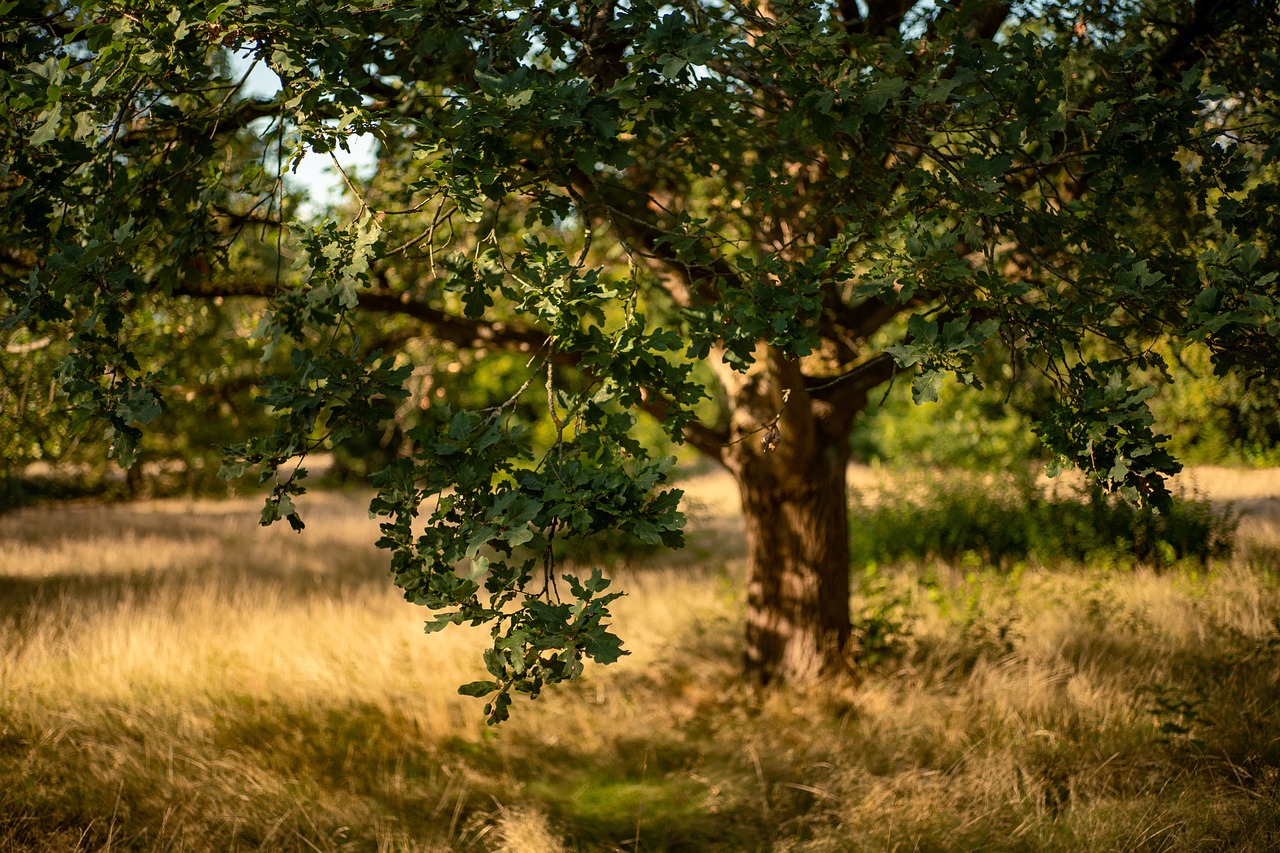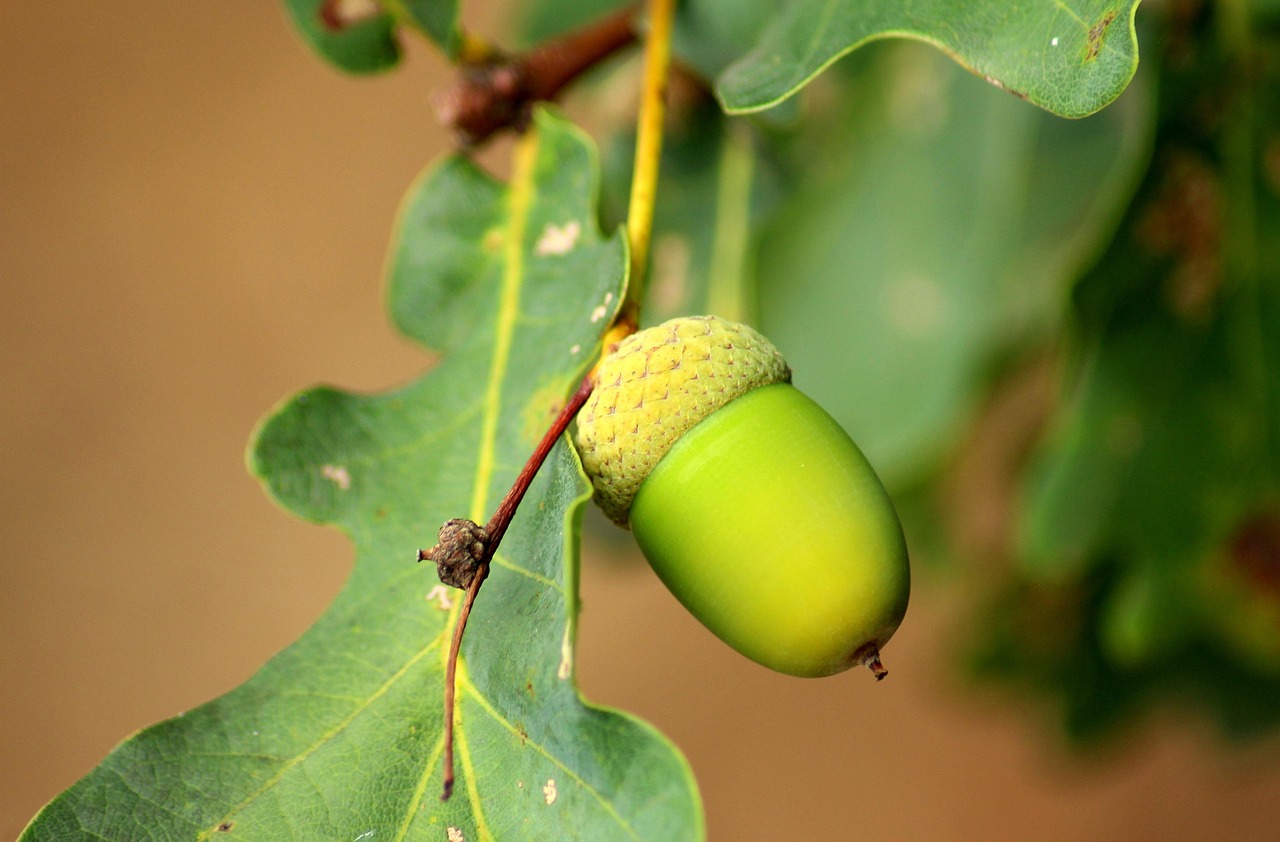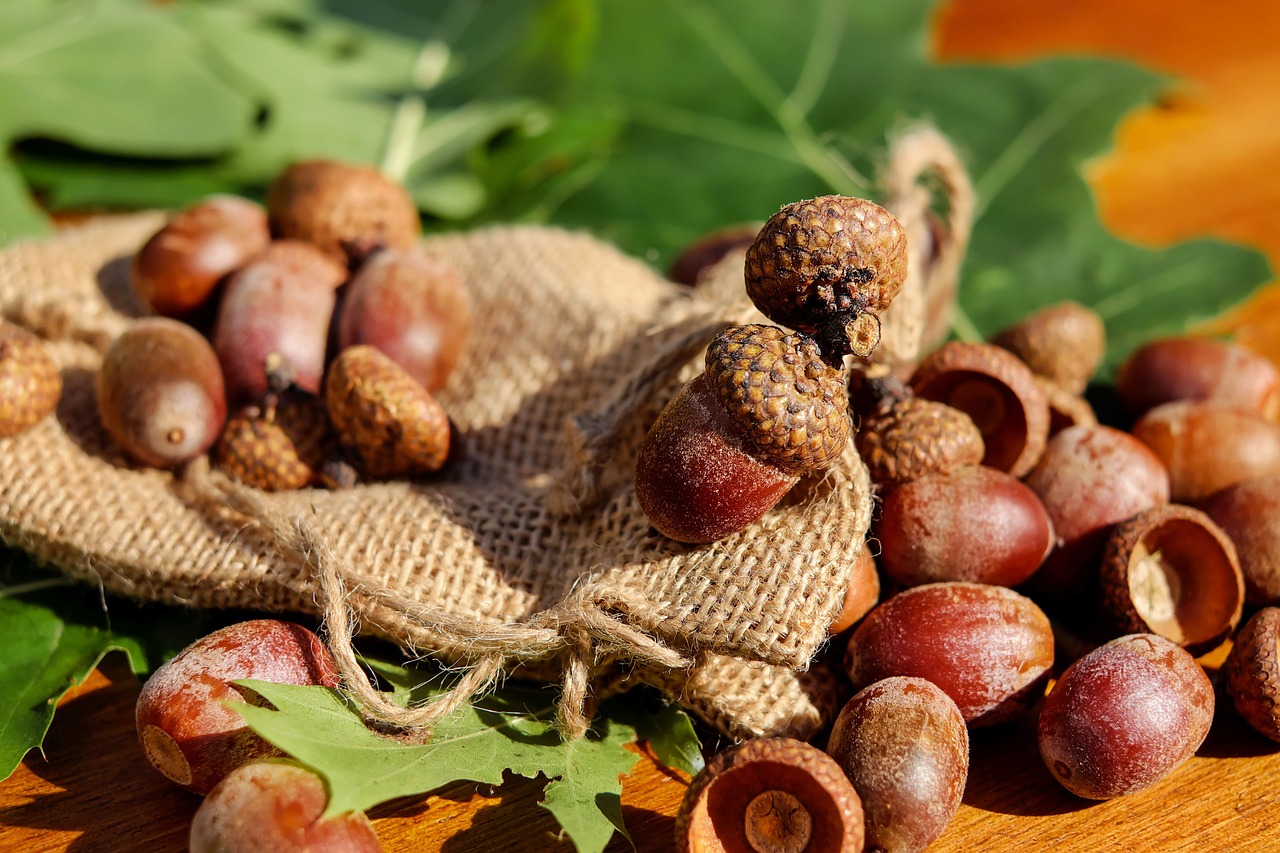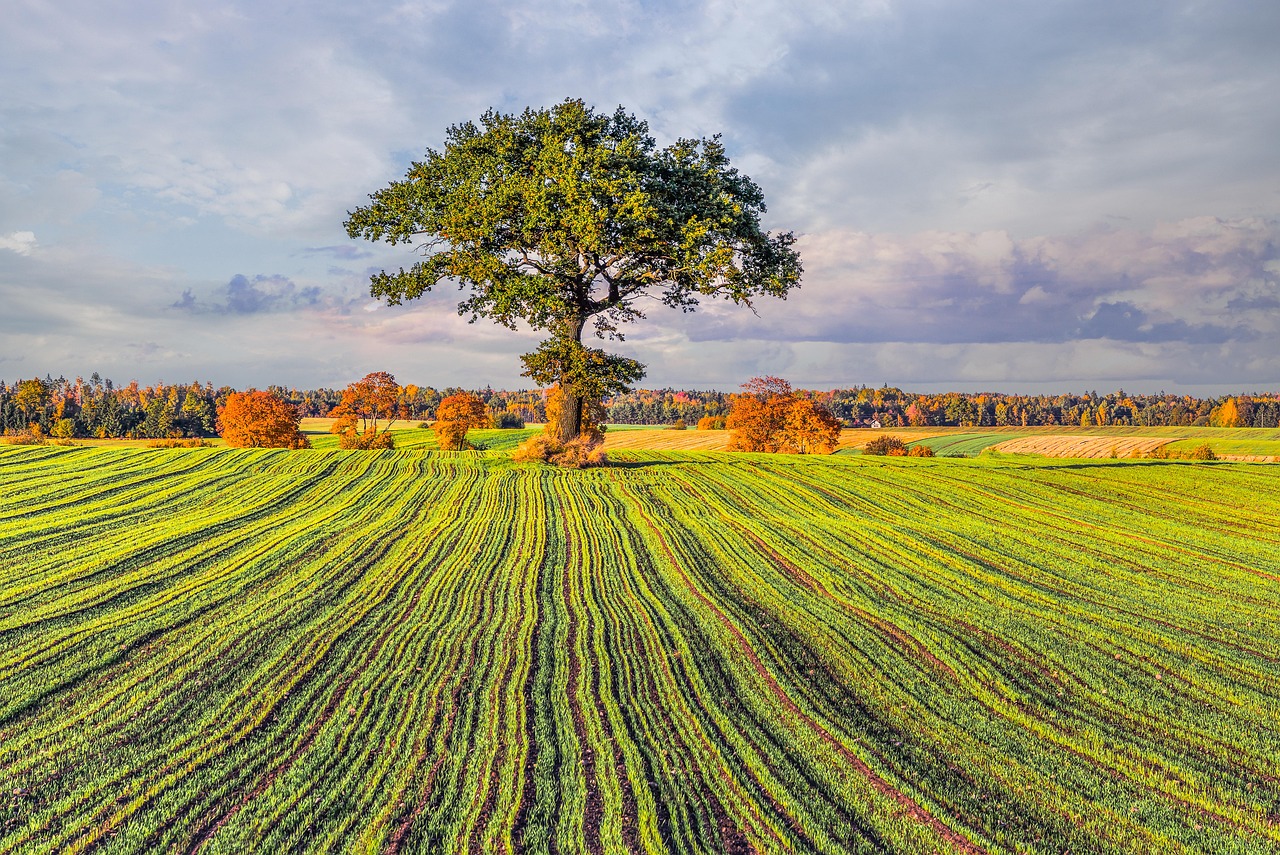The Valley Oak tree (Quercus lobata) exhibits a moderate growth rate, typically ranging from 12 to 24 inches per year under optimal conditions in California woodlands. Factors such as soil quality, water availability, and climate can influence this growth. When properly cared for, these majestic trees can reach heights of 50 to 80 feet, providing vital habitat and shade.
The Valley Oak tree (Quercus lobata) typically has a growth rate of 1 to 2 feet per year under optimal conditions in California woodlands. This growth rate can vary based on factors such as soil quality, water availability, and competition with other plants.
Understanding the Valley Oak Tree
The Valley Oak tree is a significant species native to California’s oak woodlands. It is known for its impressive size, reaching heights of up to 70 feet and a canopy spread of 80 feet or more. This majestic tree plays a crucial role in the local ecosystem, providing habitat and food for various wildlife species.

Valley Oaks are deciduous trees, meaning they shed their leaves annually. They are characterized by their broad, rounded crowns and deeply lobed leaves. The acorns produced by these trees are an essential food source for birds, mammals, and insects. Their growth and health are vital not only for wildlife but also for the overall health of California’s woodlands.
Growth Conditions for Valley Oaks
The growth rate of Valley Oak trees is influenced by several environmental factors. Understanding these conditions can help in the successful cultivation of these trees. The primary factors affecting growth include:
- Soil Type: Valley Oaks thrive in deep, well-drained soils that are rich in organic matter. Sandy loam to clay loam soils are ideal for their development.
- Water Availability: Adequate water supply during the growing season is crucial. While Valley Oaks are drought-tolerant once established, young trees require regular watering to ensure proper growth.
- Sunlight: These trees prefer full sun exposure. They need at least six hours of direct sunlight each day for optimal growth.
- Competition: The presence of competing vegetation can hinder the growth of Valley Oaks. Reducing competition from other plants is essential, especially for young saplings.
The Life Cycle of the Valley Oak
The life cycle of a Valley Oak tree begins with acorn germination. The acorns typically fall in the fall and begin to sprout in the spring, given favorable conditions. The young saplings grow rapidly during their first few years, establishing a robust root system that supports future growth.

During the first decade, these trees can reach heights of 10 to 20 feet. As they mature, their growth slows down, averaging about 1 to 2 feet per year. It can take several decades for a Valley Oak to reach its full height and potential spread.
| Age of Tree | Height Range | Growth Rate (Feet/Year) |
|---|---|---|
| 0-10 Years | 10-20 Feet | 1-2 Feet |
| 10-20 Years | 20-30 Feet | 1-2 Feet |
| 20+ Years | 30-70 Feet | 1-2 Feet |
Importance of Growth Rate
The growth rate of Valley Oak trees is not just a measure of how quickly they reach maturity; it also reflects their ability to adapt to changing environmental conditions. Rapid growth in the early years can help young trees outcompete other vegetation for resources like sunlight and water.
A slower growth rate in later years indicates that the tree is entering a phase of maturity, where energy is redirected from vertical growth to developing a sturdy trunk and expansive root system. This shift is essential for longevity and stability, especially in areas prone to strong winds or heavy rainfall.

Understanding the growth patterns of Valley Oaks can help landowners and conservationists make informed decisions about planting and managing these trees within California’s diverse ecosystems. Proper care and attention during their early years can lead to vigorous, healthy trees that contribute significantly to their surroundings.
Factors Influencing Valley Oak Growth Rate
The growth rate of Valley Oak trees is influenced by various factors, both biotic and abiotic. Understanding these factors is essential for effective management and conservation efforts. Below are some key elements that affect the growth rate of these trees:
Soil Quality
Soil plays a significant role in the growth and health of Valley Oaks. The following soil characteristics are critical:

- pH Level: Valley Oaks prefer slightly acidic to neutral soils (pH 6.0 to 7.0). Extreme pH levels can hinder nutrient absorption.
- Nutrient Content: Soils rich in nitrogen, phosphorus, and potassium support vigorous growth. Regular soil testing can help determine nutrient deficiencies.
- Drainage: Good drainage is essential to prevent root rot. Valley Oaks thrive in soils that do not retain excessive moisture.
Water Availability
Water availability is another crucial factor affecting the growth rate of Valley Oaks. Here are some considerations:
- Seasonal Rainfall: California’s Mediterranean climate features wet winters and dry summers. Sufficient rainfall during the growing season is vital for young trees.
- Irrigation Practices: In areas with low rainfall, supplemental irrigation may be necessary, particularly for saplings in their first few years.
- Drought Resistance: Once established, Valley Oaks can tolerate drought conditions but will grow more slowly during prolonged dry periods.
Temperature and Climate
The temperature and climate conditions in California also affect the growth rate of Valley Oaks. Key aspects include:
- Temperature Extremes: Valley Oaks thrive in a range of temperatures but prefer mild winters and warm summers. Extreme cold can damage young shoots.
- Microclimates: Variations in elevation and proximity to water bodies can create microclimates that influence growth rates. Trees in sheltered areas may grow faster than those exposed to harsh conditions.
The Role of Competition
Competition from other vegetation can significantly impact the growth rate of Valley Oaks. When young trees compete for resources, their growth may be stunted. Consider the following factors regarding competition:
- Shade Tolerance: Valley Oaks are moderately shade-tolerant, but excessive shading from taller plants can limit their access to sunlight, reducing growth rates.
- Root Competition: Nearby plants may compete for water and nutrients, which can hinder the development of young Valley Oaks.
- Management Practices: Proper management strategies, such as selective thinning of competing vegetation, can enhance the growth of Valley Oaks.
Pests and Diseases
Pests and diseases can also impact the health and growth rate of Valley Oaks. Monitoring and managing these threats is essential for maintaining healthy trees. Common pests include:
- Oak Moths: These insects can defoliate trees, weakening them and reducing growth rates.
- Bark Beetles: Infestations can lead to tree stress and increased vulnerability to disease.
- Fungal Infections: Conditions like oak wilt can severely affect tree health and growth.
Preventive Measures
To protect Valley Oaks from pests and diseases, consider implementing the following preventive measures:
- Regularly inspect trees for signs of pests or disease.
- Maintain good air circulation around the tree to reduce fungal infections.
- Avoid unnecessary wounding during maintenance activities that could create entry points for pests.
Cultural Practices to Enhance Growth
Cultural practices can significantly influence the growth rate of Valley Oak trees. Implementing the right strategies promotes healthy development and resilience. Consider these practices:
- Mulching: Applying organic mulch around the base of young trees helps retain moisture and suppress weeds, giving them a better chance to thrive.
- Aeration: Aerating the soil around the root zone can improve water infiltration and root development.
- Pruning: Pruning dead or diseased branches encourages healthy growth and improves airflow through the canopy.
Cultivating an understanding of these factors allows landowners and conservationists to foster environments where Valley Oak trees can flourish, ensuring they remain a vital part of California’s woodlands for generations to come.
Ecological Significance of Valley Oak Trees
Valley Oak trees are not only important for their growth rate but also for their ecological significance in California’s woodlands. These trees provide numerous benefits that contribute to the health and stability of their ecosystems. Understanding their role can help in conservation and management efforts.
Habitat for Wildlife
Valley Oaks serve as critical habitat for a wide variety of wildlife species. Their large canopies and abundant acorns create an ecosystem that supports numerous organisms. Key points include:
- Bird Species: Many birds, such as woodpeckers, jays, and owls, utilize Valley Oak trees for nesting, roosting, and feeding.
- Mammals: Species like deer and squirrels depend on the acorns as a primary food source during fall and winter months.
- Insects: The trees support diverse insect populations, which are essential for pollination and serve as food for various animals.
Soil Health Improvement
The roots of Valley Oaks play a significant role in enhancing soil health. Their deep root systems help in the following ways:
- Soil Stabilization: The extensive root networks prevent soil erosion, particularly on slopes and disturbed areas.
- Nutrient Cycling: Fallen leaves and acorns decompose, returning nutrients to the soil and promoting healthy microbial activity.
- Water Retention: Healthy root systems improve soil structure, enhancing its ability to retain moisture.
Valley Oaks and Carbon Sequestration
Carbon sequestration is a vital process for combating climate change. Valley Oak trees contribute significantly to this process. Here’s how:
- Carbon Storage: As Valley Oaks grow, they absorb carbon dioxide from the atmosphere and store carbon in their biomass, including trunks, branches, and roots.
- Long Lifespan: With lifespans that can exceed 200 years, mature Valley Oaks act as long-term carbon sinks, helping to mitigate greenhouse gas levels.
- Biodiversity Support: By fostering diverse ecosystems, Valley Oaks indirectly support processes that enhance carbon capture through plant diversity.
Restoration and Conservation Efforts
The decline of Valley Oak populations due to urban development, agriculture, and climate change has raised concerns among conservationists. Restoration efforts are crucial to ensure their survival. Key strategies include:
Planting Initiatives
Establishing new Valley Oak groves can help restore lost habitats. Important considerations include:
- Choosing Native Stock: Using locally sourced native seedlings ensures that the trees are well-adapted to the local environment.
- Site Selection: Planting in areas with appropriate soil types and moisture availability enhances survival rates.
- Monitoring Growth: Regular assessments of newly planted trees can help identify problems early and ensure proper care.
Community Involvement
Engaging the community is essential for successful conservation efforts. Strategies include:
- Educational Programs: Workshops and seminars can raise awareness about the importance of Valley Oaks and encourage local stewardship.
- Volunteer Planting Days: Involving community members in planting activities fosters a sense of ownership and responsibility towards local ecosystems.
- Collaboration with Organizations: Partnering with nonprofits and government agencies can enhance resources available for restoration projects.
Research and Monitoring
Ongoing research is vital to understanding the growth rates and ecological roles of Valley Oaks. Key areas of focus include:
- Growth Rate Studies: Researching how factors like climate change affect growth rates can inform conservation strategies.
- Pest Resistance Research: Understanding which pests pose the greatest threat can lead to more effective management practices.
- Ecosystem Interactions: Studying how Valley Oaks interact with other species contributes to a greater understanding of their ecological significance.
The health of Valley Oak trees is closely tied to the overall health of California’s woodlands. By prioritizing conservation efforts and understanding their growth dynamics, we can ensure that these magnificent trees continue to thrive in the landscape.
Future of Valley Oak Trees in California Woodlands
The future of Valley Oak trees in California woodlands is a topic of great importance. As climate change, urbanization, and other anthropogenic factors continue to impact natural environments, proactive measures are needed to ensure the survival and health of these iconic trees. Understanding potential challenges and opportunities is essential for effective management.
Climate Change Impacts
Climate change poses significant threats to Valley Oak populations. Some of the anticipated impacts include:
- Temperature Increases: Rising temperatures may alter growth patterns, leading to reduced water availability during crucial growing seasons.
- Altered Precipitation Patterns: Changes in rainfall distribution can affect soil moisture levels, potentially stressing young trees.
- Increased Pest Pressure: Warmer temperatures may expand the range of pests and diseases that threaten Valley Oaks, necessitating more diligent monitoring and management.
Role of Technology in Conservation
Advancements in technology offer new tools for conservationists working to protect Valley Oak trees. Some notable technologies include:
- Remote Sensing: Satellite imagery and drones can provide valuable data on tree health and growth rates across large areas.
- Climate Modeling: Predictive models can help forecast how climate change will affect Valley Oaks, allowing for proactive management strategies.
- Data Collection Tools: Mobile applications can facilitate citizen science initiatives, enabling community members to report tree health and growth conditions.
Community Engagement Strategies
Engaging the local community is crucial for the conservation of Valley Oaks. Effective strategies include:
- Educational Workshops: Hosting workshops that educate local residents about the ecological benefits of Valley Oaks can foster a sense of stewardship.
- Citizen Science Programs: Encouraging community members to participate in monitoring efforts can enhance data collection and raise awareness about conservation needs.
- Partnerships with Schools: Collaborating with local schools can inspire younger generations to appreciate and advocate for native trees and ecosystems.
Final Thoughts
The Valley Oak tree is a cornerstone of California’s woodlands, providing ecological, aesthetic, and cultural value. Understanding its growth rate and the factors that influence it is vital for ensuring the tree’s health and sustainability. Through informed management practices, community engagement, and ongoing research, we can support the long-term viability of Valley Oaks in an ever-changing environment.
The importance of these trees extends beyond their immediate surroundings. They play a critical role in supporting biodiversity, improving soil health, and sequestering carbon. By prioritizing their conservation and restoration, we contribute not only to the well-being of these magnificent trees but also to the broader health of California’s ecosystems.
In summary, maintaining a focus on the growth dynamics, ecological significance, and conservation needs of Valley Oaks will help ensure that they continue to thrive in California’s woodlands for generations to come. Embracing collaborative efforts and innovative practices will be essential as we face the challenges posed by climate change and habitat loss.
